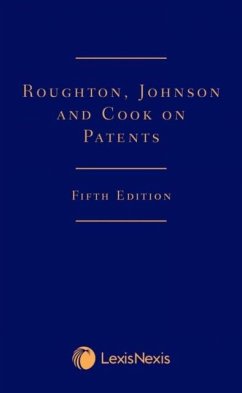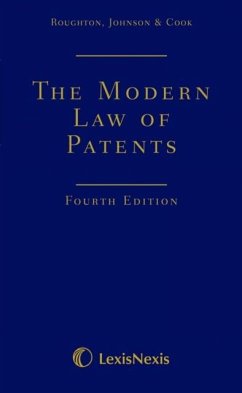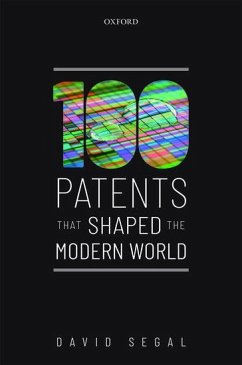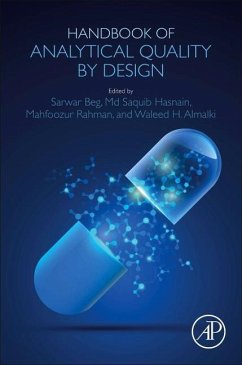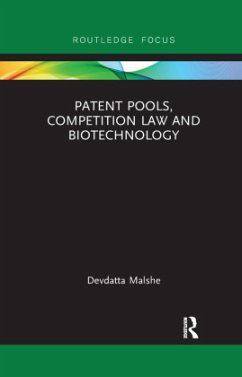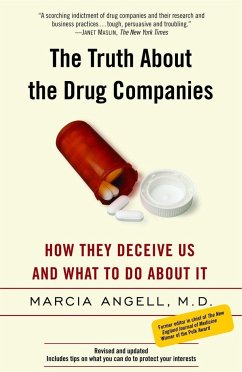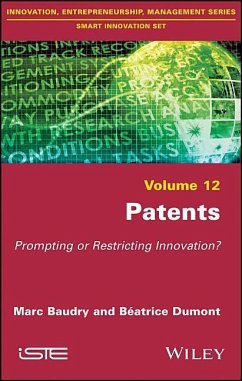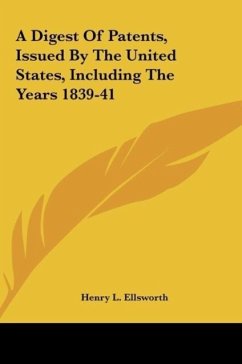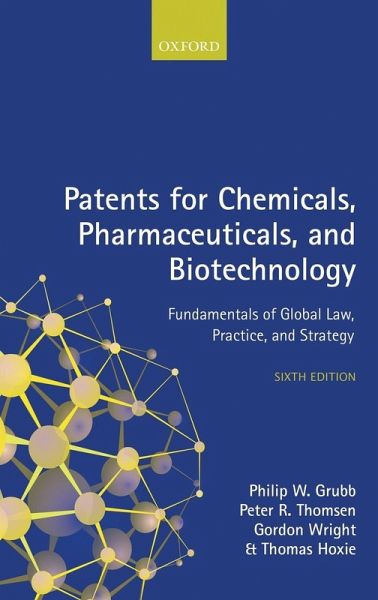
Patents for Chemicals, Pharmaceuticals and Biotechnology
Versandkostenfrei!
Versandfertig in 1-2 Wochen

PAYBACK Punkte
134 °P sammeln!




The established and highly-acclaimed introduction to patent law and practice, guiding the reader through the legal and procedural complexities of the British, European, Japanese, and United States patent systems.
Philip Grubb is formerly Intellectual Property Counsel of Novartis International AG, and Adjunct Professor of the Franklin Pierce Law Center, Concord, NH (2007-8). Peter R. Thomsen is a Swiss and European Patent Attorney and a CEIPI (University of Strasbourg) tutor. He was elected into the Council of the Institute of Professional Representatives before the European Patent Office (epi) for the period 2011-2014 and is currently working as Global Head IP-Policy and Senior Manager IP-Litigation at Novartis International AG. Tom Hoxie is a Patent Attorney with over 25 years of experience in intellectual property law, and founder of his own law firm, Hoxie & Associates LLC. He has given numerous seminars on patent law to patent attorneys in the United States and Europe and was a tutor in European patent law for the Centre d'Etudes Internationales de la Propriété Industrielle (CEIPI) at the Université de Strasbourg. Gordon Wright is a Consultant and UK and European Patent Attorney at Elkington & Fife LLP. He has nearly 30 years experience in patents, the greater part of which was spent in-house in the pharmaceutical industry.
Produktdetails
- Verlag: Oxford University Press
- 6 Revised edition
- Seitenzahl: 622
- Erscheinungstermin: 1. Februar 2017
- Englisch
- Abmessung: 240mm x 161mm x 38mm
- Gewicht: 1088g
- ISBN-13: 9780199684731
- ISBN-10: 0199684731
- Artikelnr.: 47865781
Herstellerkennzeichnung
Libri GmbH
Europaallee 1
36244 Bad Hersfeld
gpsr@libri.de
Für dieses Produkt wurde noch keine Bewertung abgegeben. Wir würden uns sehr freuen, wenn du die erste Bewertung schreibst!
Eine Bewertung schreiben
Eine Bewertung schreiben
Andere Kunden interessierten sich für


